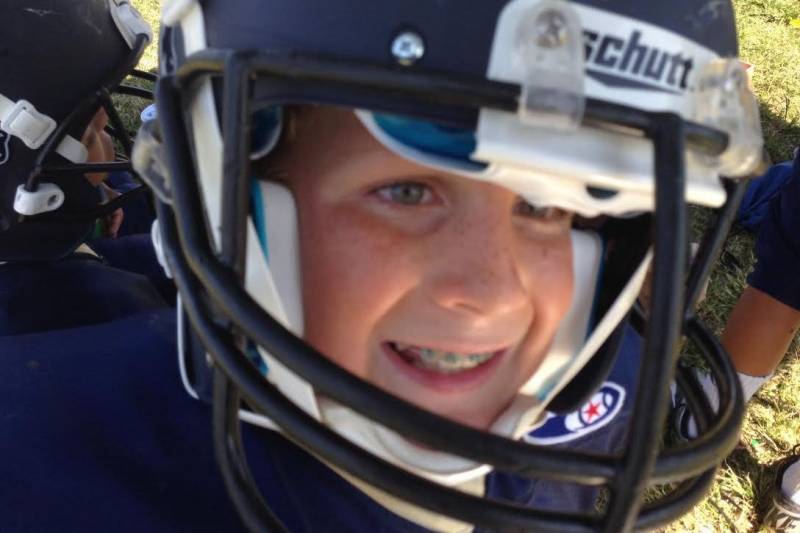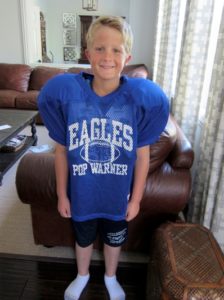News
After their son’s tragic suicide, a family questions if concussions are to blame

Source: Bleacher Report/The Ransom Family
On September 12, 2015, 12-year-old James Ransom experienced a seemingly minor concussion in a youth football game. Just over a year later, Ransom would take his life at the young age of 13. Now, his parents are looking for answers whether that single hit to the head could have been the turning point that may have led to their child’s death.
From his earliest days, James Ransom had been a devout lover of football. At 9-years-old, he began playing tackle football where he would be seen as one of the toughest kids on his team, and potentially, the league.
It was a generational love. James’s father, Greg, began playing tackle football in 9th grade, which would lead to him meeting his future wife, Courtney. Courtney’s own father was also a high school quarterback.
Despite the countless hours they had spent watching football games, no one in the family can remember anything particularly out of the normal during the fated September game. No one remembers any spectacularly bad hits.
As a Pop Warner representative told The Bleacher Report, league officials “have no memory or record of an injury so they are unable to describe it.”
It wasn’t until the drive home, when his father noticed a bit of blood on his son’s ear, that James explained he “had his bell rung” during the game.
This alone would not be all that notable in the Ransom household, either. James frequently had his bell rung in games, sometimes so bad he would see stars.

Source: Bleacher Report/The Ransom Family
From there, the Ransom’s would experience a downward spiral that would culminate in the young athlete’s suicide.
Before the injury, Ransom was described as a brilliant student who was already learning multiple forms of computer coding. Afterward, he would develop obsessive-compulsive disorder symptoms that would derail entire days. His vision deteriorated and led to severe nausea. James’ behavior changed from a bright-eyed kid to a dour, distracted state where he would become mean and ask to be alone.
Throughout this period, his parents would rush James from specialist to specialist, attempting to treat the OCD, seeking therapies for his eye condition, and counseling for his behavior.
Three months after his injury, James would attempt suicide, for what the family believed to be the first time.
Following this period, James would be admitted to UC Irvine’s neuropsychiatric ward where he would seemingly improve. His OCD symptoms receded. His performance in school improved. Still, his parents felt something wasn’t right.
Just a few short months later, James took his own life.
Since then, his parents have been searching for answers, which led them to research the effects and signs of CTE and other forms of brain trauma. What they found was shocking.
The parents saw that James was part of a wider pattern of young athletes taking their lives shortly after a concussion.
Sadly, the Ransom’s will never truly know whether their young son was already developing signs of CTE or if he suffered another form of brain injury responsible for taking their son away from them. Instead, they hope that by telling their son’s story, they might be able to save other families from their suffering.
“It’s not about being anti-football. We loved football. My son loved football,” Greg said.
It’s just that, “Football wasn’t worth it.”
Read Bleacher Report’s full story following the Ransom family’s experience here.



